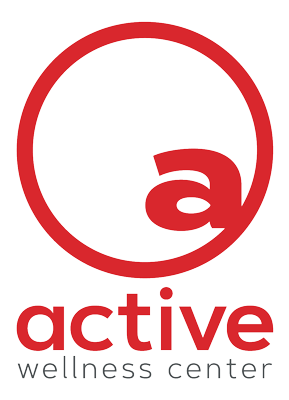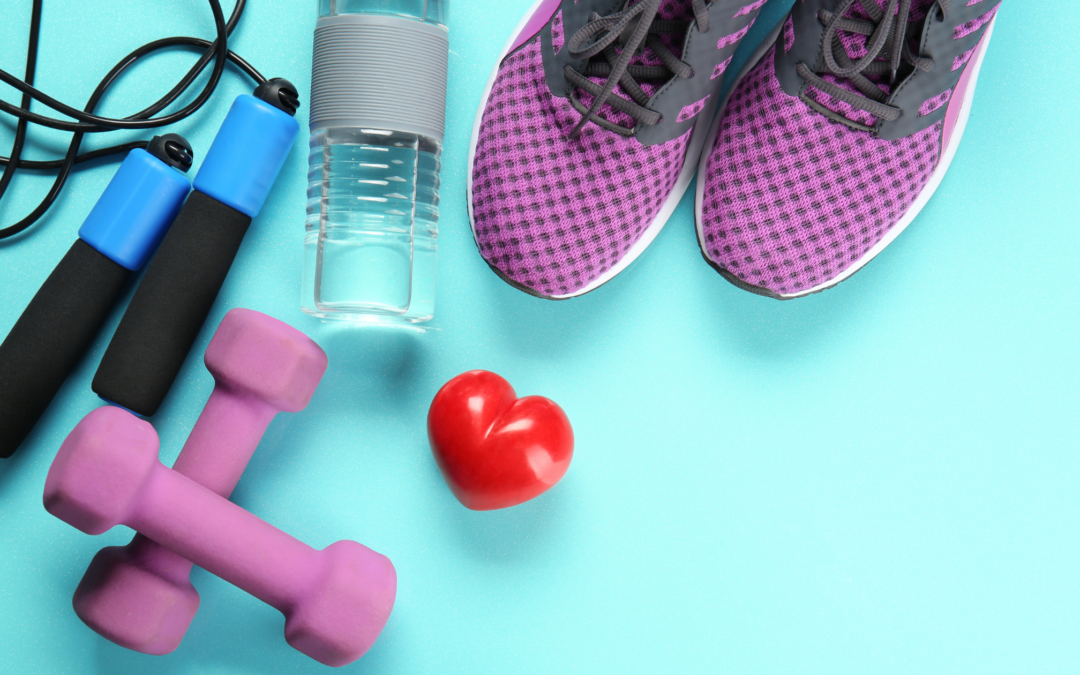If your New Year’s resolution was to start exercising and your motivation is starting to wane, finding your “why” can help. Why did you set a goal of starting an exercise program? If your answer is “because I’m supposed to”, it may be hard to stay on track. Try changing your thought process to an overall health approach. Whether it’s playing with the grandkids or running a marathon, it’s all about feeling good and enjoying the things you want to do. It’s about adding life to your years instead of years to your life. Here are some heart healthy tips to help.
Decrease Your Risk
Breaking things down to the bare minimum can help keep you from getting overwhelmed. There is a long list of things you’re supposed to do to keep your heart healthy – stop smoking, manage your blood pressure and blood sugar, lose weight, etc. “Knowing your numbers” is very important but breaking it down and taking one step at a time will be easier. Two of the risk factors for heart disease are out of your control – family history and age. Go ahead and scratch them off the list for now and start with your first step and the biggest ticket item – smoking.
Smoking
If you do nothing else for your heart health, quitting smoking is the most important thing. Easier said than done, right? Look for a smoking cessation program or talk to your doctor about using medication to quit. The American Heart Association Website has information on 5 Steps to Quit Smoking and Vaping as well.
If you don’t smoke, the biggest thing you can do is start moving.
Getting Active
Again, easier said than done. There are all kinds of ways to create the habit of physical activity. Finding a workout or walking buddy is a great way to stay motivated. Scheduling your activity time in your calendar and having that time be the same each day to create consistency is helpful. The big component here is to keep the appointment. If someone wants to schedule a meeting or get together, all you have to say is “I have a commitment at that time.” Taking a class can help because you have to be there at a specific time. Think about your “why” when you’re trying to convince yourself to put your shoes on and get out the door. Remembering why you have set this goal for yourself may help get those laces tied.
The added benefit of getting active is that many of the other risk factors for heart disease will start to fall into place. The trickle-down effect, if you will. Physical activity helps manage your blood pressure, your cholesterol, and blood sugar (to decrease your risk for diabetes). It also helps to lose weight which, in turn, helps to manage your blood pressure, your cholesterol, and blood sugar.
Here’s the good news. It doesn’t have to hurt to work. The Surgeon General’s recommendation for activity is 30 minutes of moderate intensity activity on most days of the week. Examples of moderate intensity activity are things like brisk walking, dancing, pushing a lawn mower, or doubles tennis. Set your sights low. Instead of 30 minutes each day, start with 15 minutes three times per week and build from there. Even 10 minutes is great. You can also accumulate activity to meet the recommendation. Three bouts of 10 minutes each day counts as a total of 30 minutes!
Here is the basic list of risk factors for heart disease:
| Age | men older than 45 years; women older than 55 years |
| Family history | heart event before 55 years old in father or before 65 years in mother |
| Cigarette smoking | current smoker or those exposed to secondhand smoke |
| Physical inactivity | not meeting the recommendation of 30 min per day three days per week |
| High blood pressure | blood pressure is greater than 140/90 (one or both numbers) |
| High cholesterol | Total cholesterol is greater than 200, LDL (lousy cholesterol) is greater than 130 or HDL (healthy cholesterol) is less than 40 |
| Diabetes | fasting blood sugar is higher than 126 |
| Obesity | body mass index or waist circumference is high |
There are more specific details for each criterion. Check out the American Heart Association website for more information.
Learn the Signs
Unfortunately, someone dies of heart disease every 33 seconds in this country. While 1 in 30 women die of breast cancer, 1 in 3 women die of heart disease. If you know the signs of a heart attack, cardiac arrest, and stroke, you could save a life!
The number one rule for any of these events is to call 911. No one has ever said “you shouldn’t have called 911” or “you shouldn’t have come to the hospital.” The sooner treatment arrives the better. Time is tissue. The longer the delay, the more tissue damage can occur.
Heart Attack
Classic Symptoms
- Tightness/pressure in the chest, shoulder, jaw, arms, or back
- Trouble breathing/shortness of breath
- Sweating
- Lightheadedness
Women may experience all, none, or some combination of the classic symptoms. They may also experience:
- Neck, shoulders, upper back, or abdominal discomfort
- Nausea or vomiting
- Dizziness or lightheadedness
- Unusual or unexplained fatigue
Another symptom of a heart attack is denial! The best thing to do is call 911 or have someone take you to the nearest emergency room.
Sudden Cardiac Arrest
Cardiac arrest is a little more straightforward.
- Unresponsiveness
- Not Breathing
- No Pulse
Call 911 and start CPR
Stroke
Remember F.A.S.T.
- Facial droop or weakness on one side of the face
- Arm weakness on one side of the body
- Speech difficulty
- Time to call 911
Other Signs of Stroke
- Sudden numbness or weakness of the leg
- Sudden confusion or trouble understanding
- Sudden trouble seeing in one or both eyes
- Sudden trouble walking, dizziness, loss of balance or coordination
- Sudden severe headache with no known cause
The Result
Know your “why” and you’ll do your part to take care of your heart!
—
Team Active content is not medical advice; it’s inspiration to LIVE ACTIVELY. Operating five Active Wellness Centers in California and Oregon, we strategically partner with hospital systems like Providence in Petaluma and Napa, California as well as Lake Oswego and Hillsboro, Oregon. Active Wellness Center at NorthBay Health is powered by NorthBay Health in Vacaville, California.
Active’s strategic healthcare partnerships demonstrate our commitment to supporting healthy lifestyles in the communities we serve. Our community health clubs and gyms provide motivating fitness, weight loss, strength-training, medical fitness, aquatics and swim lessons, youth fitness and childcare programs, and group fitness including yoga, Zumba®, barre, Pilates, dance and cycling. *
Check the Active Wellness Center blog often for more healthy lifestyle tips and resources to support your active lifestyle! Click here for a free guest pass to your local Active Wellness Center.
*Active Wellness Center’s program and facility offerings may vary by location.

